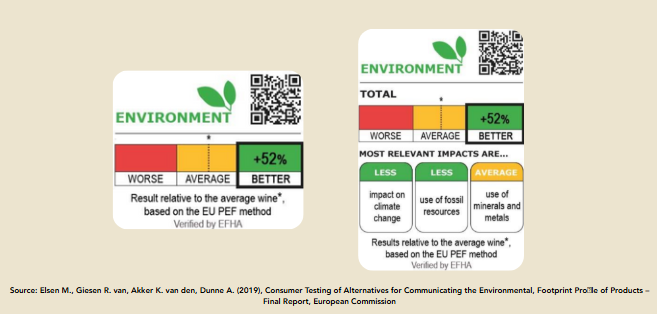The PEF Single Score – a Nutri-Score for Sustainability?
- Johanna Mayer

- Sep 5
- 2 min read
When you buy cereal today, you can see at a glance: Nutri-Score A – sounds healthy. But what does that have to do with sustainability?
This is exactly why the Product Environmental Footprint (PEF) was developed: an EU-developed life cycle assessment framework that makes the environmental impacts of products measurable – from raw materials, production, and transport to disposal.

The Problem
In a life cycle assessment, different environmental impacts are recorded, such as climate change, water use, land use, particulate matter, or ozone depletion – each in its own units like kilograms, cubic meters, or micrograms. This not only makes it difficult to compare results but also to communicate them clearly and fairly.
Without a standardized evaluation logic, environmental communication remains fragmented:
Companies report what they can measure, but not what is comparable.
Consumers and buyers see numbers, but no context.
Sustainable decisions become gut decisions.
This is where the PEF Single Score comes in
The PEF Single Score translates different environmental impacts into a normalized and weighted overall value – based on scientifically grounded impact categories and societal relevance.
The PEF Single Score as a guide for sustainability:
✅ The PEF Single Score allows simple benchmarking between products.
✅ It supports clear and understandable communication of sustainability.
⚠️ At the same time, there is a risk that important details are lost due to simplification.
What product labels could look like
Within the framework of the ESPR and the planned Product Passport, product labels based on the PEF Single Score are currently being considered. Early studies have already examined how such labels could be designed and what impact they might have on consumers and companies.




